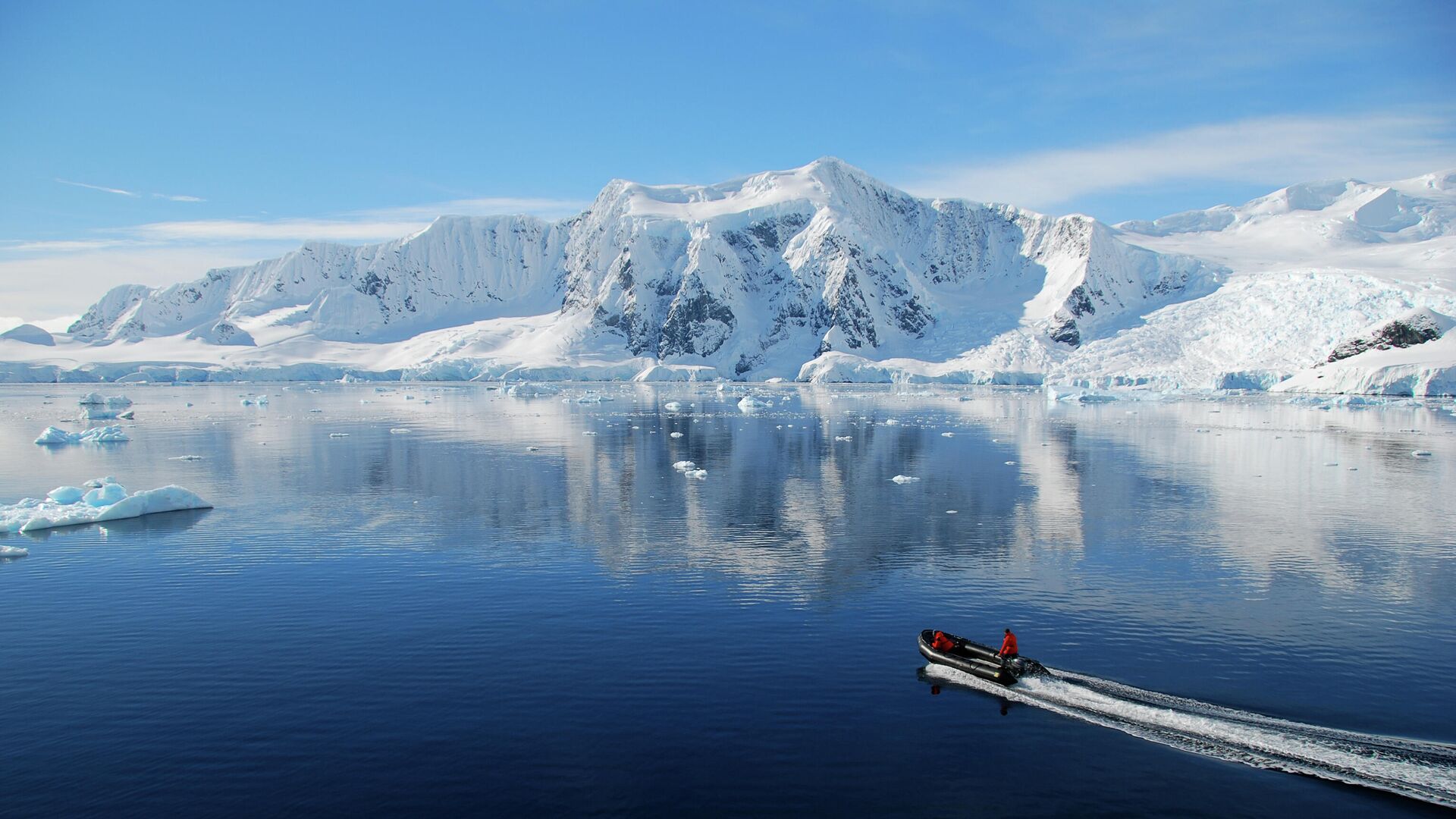
< br />
MOSCOW, February 8Russian scientists have recovered from the depths of Antarctica unique samples of mineral inclusions that will help to learn more about the geology and, possibly, microorganisms in the area of Lake Vostok, under the ice of the continent, the press service of the Arctic and Antarctic Research Institute reported.
“
"A large mineral inclusion was discovered in ice samples recovered from a depth of 3538.9 meters, where the transition zone between the layers of atmospheric and lake ice is located. Its size is three by six centimeters, which exceeds all inclusions of subglacial rocks and bottom sediments of the lake previously discovered in the core,” the statement says.
According to the institution, in a month and a half, 76 meters of ice core was lifted to the surface from the depths of Central Antarctica.
The press service of the institute explained that scientists cannot yet say definitively whether the sample is a stone, a mineral or something else. The answer to this question will be given by further research in the laboratory when the sample is delivered to St. Petersburg.
According to the director of the AARI, Alexander Makarov, the discovery of Russian polar explorers will allow a better understanding of the geological structure of Antarctica.
“The study of the mineralogical, isotopic and biological composition of the found inclusion will give scientists new information about the geological structure of the regions of Antarctica lying upstream of the glacier from Lake Vostok, as well as, possibly, about the composition of the microbiota of the subglacial environment near the shoreline of Lake Vostok,” the press quotes. service of the head of the laboratory of climate change and environment Vladimir Lipenkov.
In February 2022, Russian polar explorers extracted a 1.2 million-year-old ice core from a glacier in Antarctica; it should “tell” about climate changes on Earth since the time of mammoths.
Earlier, Vladimir Putin launched the commissioning of the wintering complex at the Vostok station in Antarctica. This is the first modern building in the world built at the Earth's cold pole.
Lake Vostok is the largest subglacial body of water on the planet. It was discovered at the end of the 20th century in Antarctica, in the area of the Russian Antarctic station «Vostok», in honor of which it received its name. Its area is about 16 thousand square kilometers, the thickness of the water layer reaches 1200 meters. For several million years, the ecosystem of Lake Vostok has been isolated from external influences under a layer of ice at a depth of about four kilometers. The first opening of the lake took place on February 5, 2012. Today this is the least explored place on the planet.













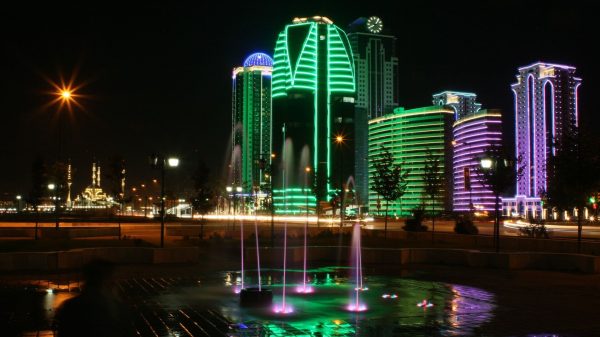




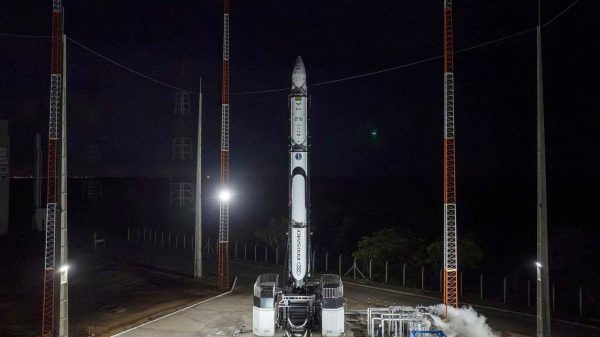
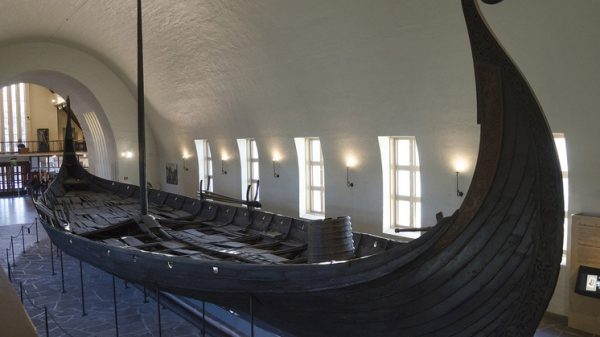
















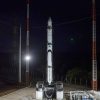


















Свежие комментарии